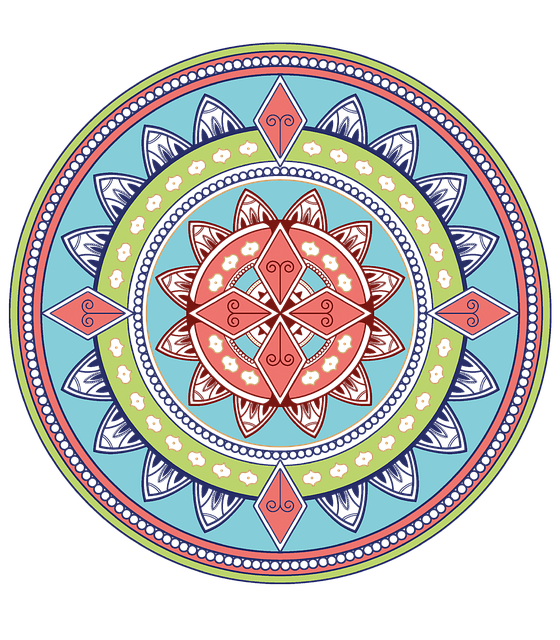 MG asks: “I was wondering if someone could give me information on Mandala meditation and Labyrinth walking. My church is planning a retreat for high schoolers and these two things are included in the retreat.”
MG asks: “I was wondering if someone could give me information on Mandala meditation and Labyrinth walking. My church is planning a retreat for high schoolers and these two things are included in the retreat.”
The Mandala and Labyrinth are both favorites of New Agers and because of this, the school really should provide parents with some idea about how these will be used in the retreat.
Mandalas, which come from a Sanskrit word meaning circle, are used in Hindu, Buddhist and Tibetan prayer. It is considered in these cultures to be a symbol of the universe and is usually a circle enclosing a square with a deity on each of the four compass points. The mandala is mainly for focusing attention and as an aid to meditation and trance induction.
Aside from its uses in Eastern religions, New Agers have their own unique uses for the mandala. This author refers to them as “cosmic maps that connect us to our place in the universe.” She cites an alternative definition of the mandala which says the word is derived from the root word Manda, “which means essence, energy or spirit, and by adding the suffix -la to any Sanskrit word, it becomes the container or vessel for it; thus revealing the Mandala as a container for essence, energy or spirit.”
New Agers believe mandala making is a form of active meditation that allows a person to still the left side of the brain and “allow more intuitive energy to be felt.”
Like the labyrinth, mandalas are popping up all over Catholic retreat houses. Instead of teaching authentic Catholic prayer, they are relying on this and other prayer gimmicks (such as the labyrinth, yoga, centering prayer, etc.) to attract customers.
Because the word means circle, this writer claimed it was a “universal symbol” of which the communion Host and rosary are supposedly “elemental expressions.” (I’m not kidding.)
It’s a shame your high school is teaching an eastern form of meditation when our own tradition is so rich! This is especially true because eastern meditation (and it’s New Age spawns) is not about prayer – it’s a mental exercise designed to raise one’s “level of consciousness.” Trying to combine this style of meditation with the Christian concept of prayer rarely works because the goal of our meditation is, ultimately, personal communion with God.
You can read more about the labyrinth here.









